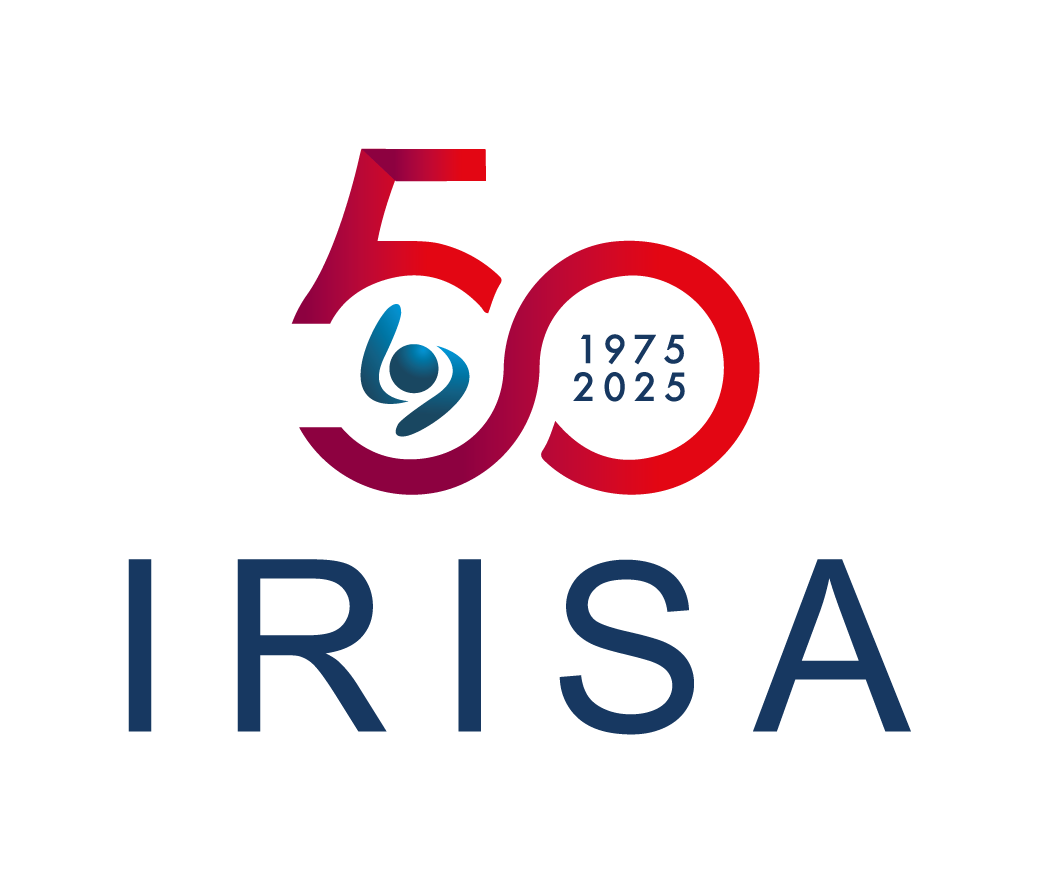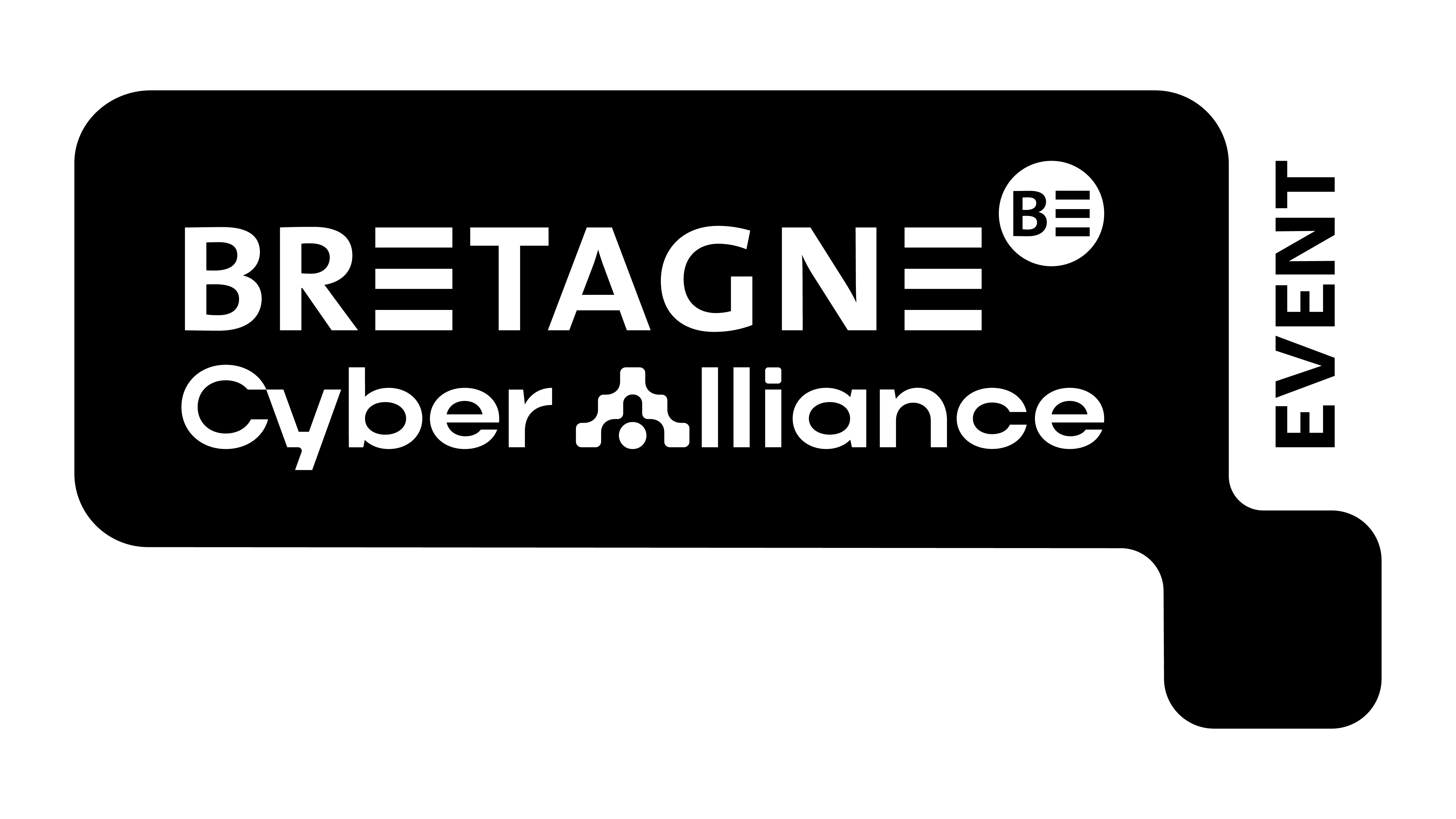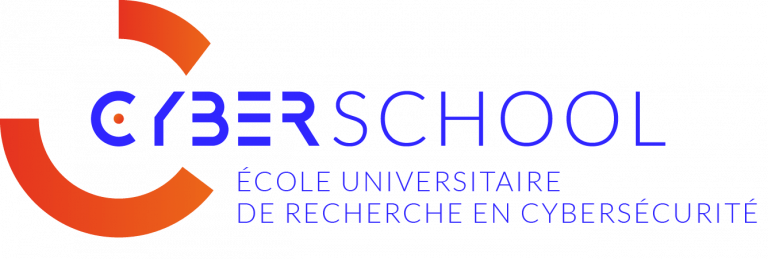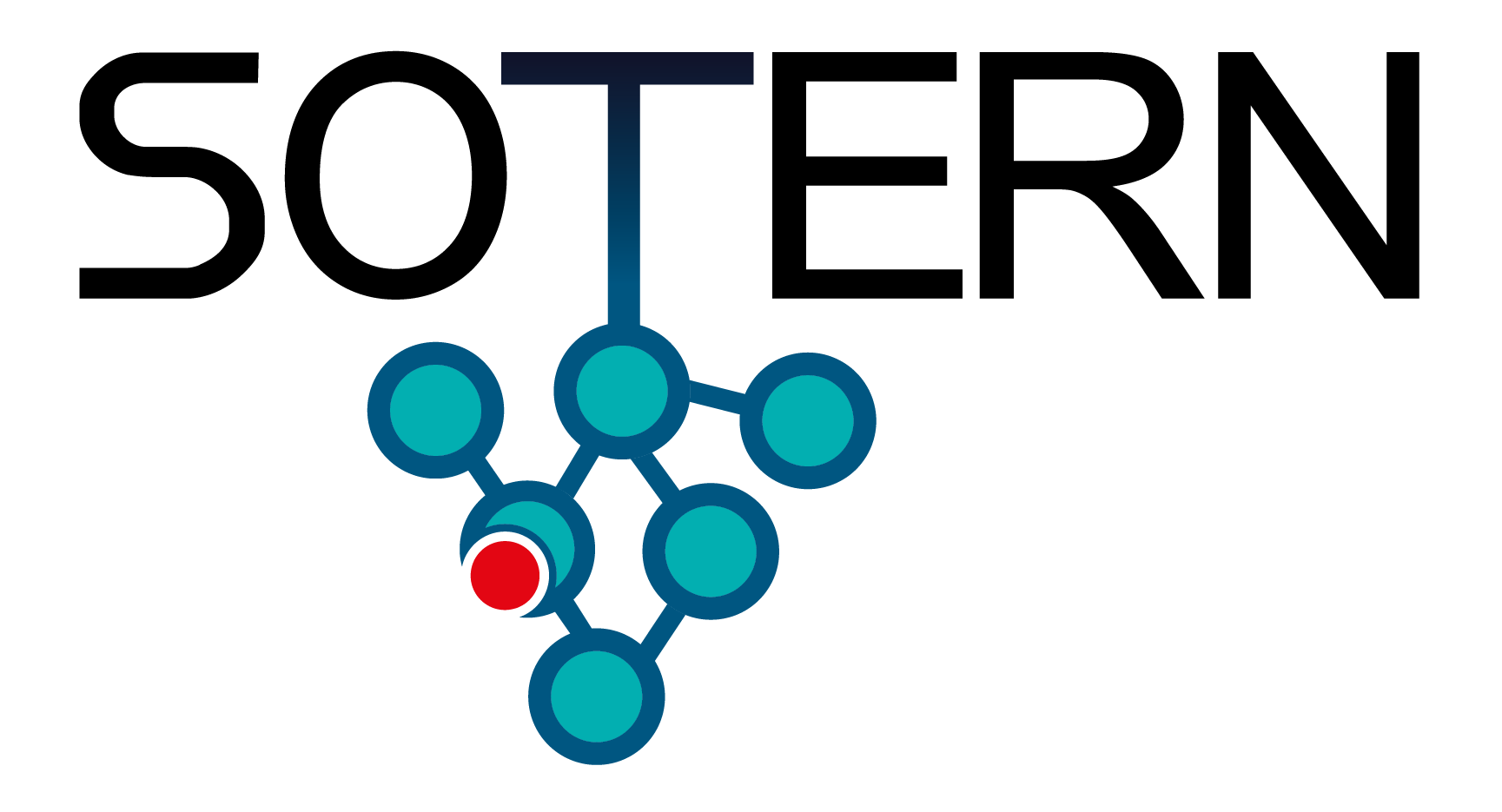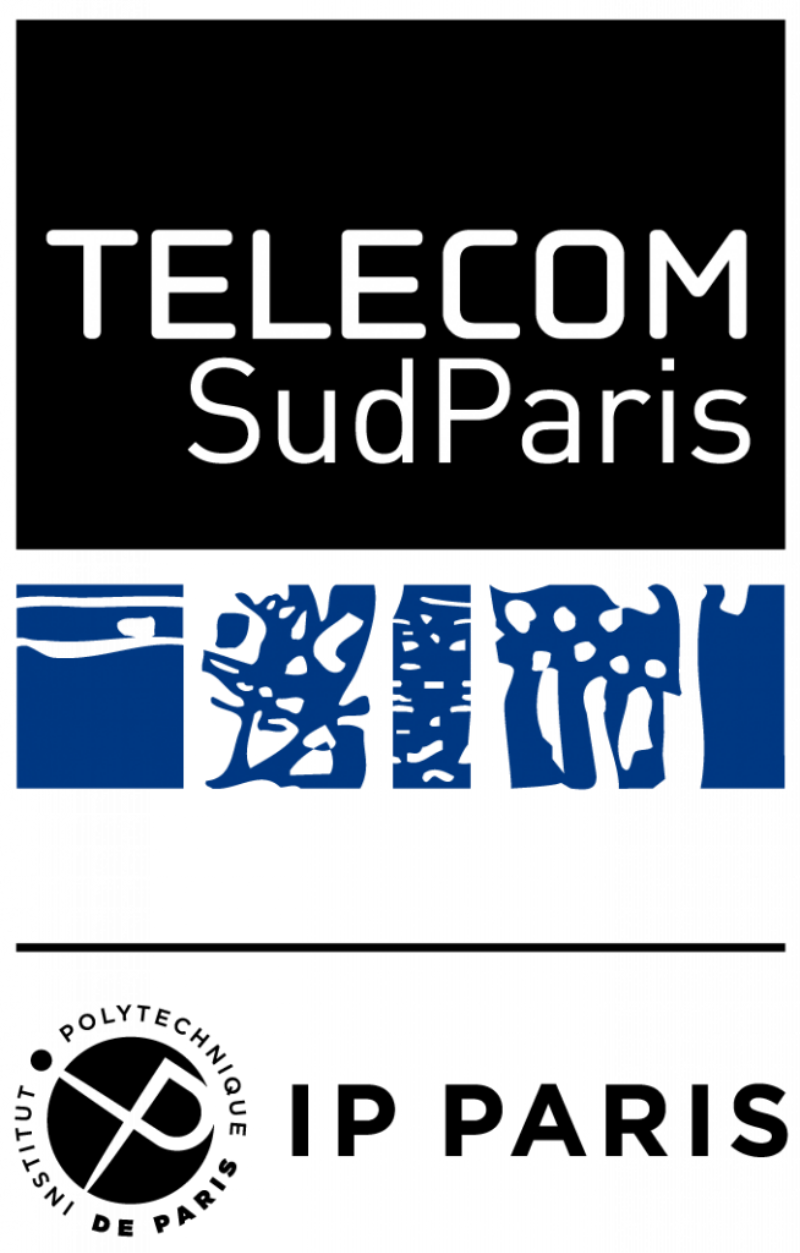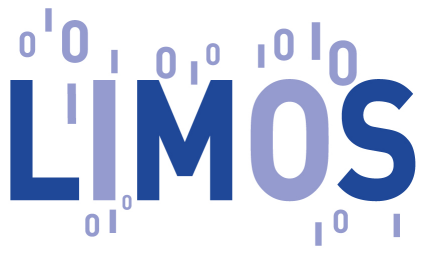Cyber Threat Intelligence (CTI) reports provide valuable insights into cyberattacks, detailing target systems, attack methods, and vulnerabilities. However, their volume and unstructured format hinder security professionals' ability to efficiently extract, summarize, and predict attack patterns. In this paper, we propose automating the transformation of CTI reports into a graph-based Cyber Security Knowledge Graph (CSKG) using Large Language Models (LLMs) for security entity recognition. Specifically, we outline our initial efforts to define essential cyber security entities and relationships, which serve as the foundational elements of cyber attack descriptions. These efforts mark a significant step toward our broader objective of encoding cyber security knowledge in a graph-structured format. Additionally, we discuss future directions, including the development of a comprehensive cyber attack knowledge graph that integrates multiple CTI reports, and explore its potential applications in inferring, reasoning, and prioritizing attack behaviors.
- Poster
